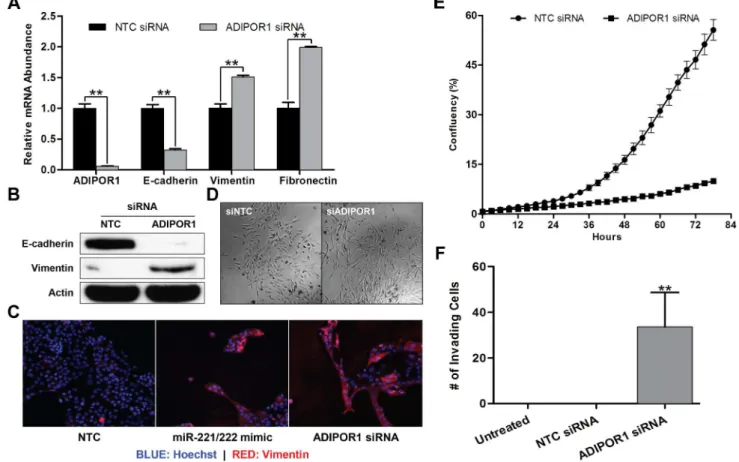miR-221/222 targets adiponectin receptor 1 to promote the epithelial-to-mesenchymal transition in breast cancer.
Texto
Imagem




Documentos relacionados
Forced expression of miR-7 in aggressive breast cancer cell lines suppressed tumor cell monolayer proliferation, anchorage independent growth, three-dimensional growth in
To overcome this hurdle for studying the functional role of Vav1 in human breast cancer, we overexpressed Vav1 in two breast cancer cell lines, AU565 and MCF-7, achieving Vav1
The 15,398 patients with malignant tumors exhibited digestive system tumors, lung cancer, breast cancer, leukemia/lymphoma, gynecological tumors, multiple myeloma, head and neck
cerebrospinal luid vascular endothelial growth factor (VEGF) and stromal cell derived factor (SDF)-1 levels in patients with neoplastic meningitis (NM) due to breast cancer,
Breast cancer and hormone replacement therapy: colaborative reanalysis of data from 51 epidemiological studies of 52705 women without breast cancer and 108411 women with breast
The purpose of this descriptive study was to identify and describe barriers to early detection of breast cancer, as well as current breast cancer screening behaviors and
In conclusion, our results show that breast tumor tis- sue had higher miR-140-5p expression than adjacent nor- mal tissues and that patients with positive lymph nodes had
(stress OR breast OR cancer, breast cancer OR stress, stress OR women OR breast cancer, stress OR female OR breast cancer, breast cancer OR stress, breast neoplasms OR stress,